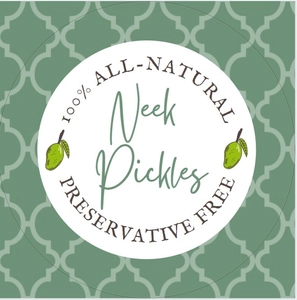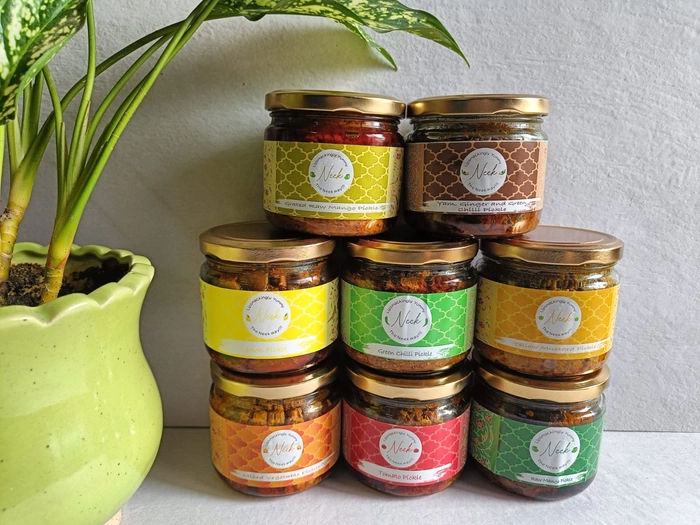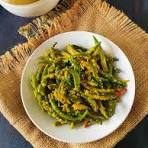We can all remember the happy summer vacations when we used to be so eager to visit our ancestral homes and witness the making of savoury pickles while basking in the tempting aroma of these delicacies filling every corner of the place. The making of these delicious treats generally used to be a once-a-year task. And you would all surely agree with the intense excitement one used to feel when unbottling a jar of your favourite pickle.
A pickle is a condiment made with different ingredients like vegetables, fruits, spices, and oils, which have versatile tastes and preparation styles and can be preserved for long periods, starting from months. The Indian pickles have different varieties and a versatile taste pattern, which is likeable, delicious, and lingers in mind. Every pickle has a distinct flavour profile, which ranges from spicy and tangy to sweet and sour. These pickles are important for adding texture and flavour to dishes and are an integral part of the meals of every Indian household.
Indian pickles, apart from their refreshing taste, have many health benefits. Some pickle recipes link to Ayurvedic properties that are very beneficial for health. The pickle ingredients used in the making process are tried and tested for their wonderful benefits. The ancient pickles of Indian origin offer many health advantages, the first being their uncooked form. Then, they have high fibre content and lots of vitamins and antioxidants.
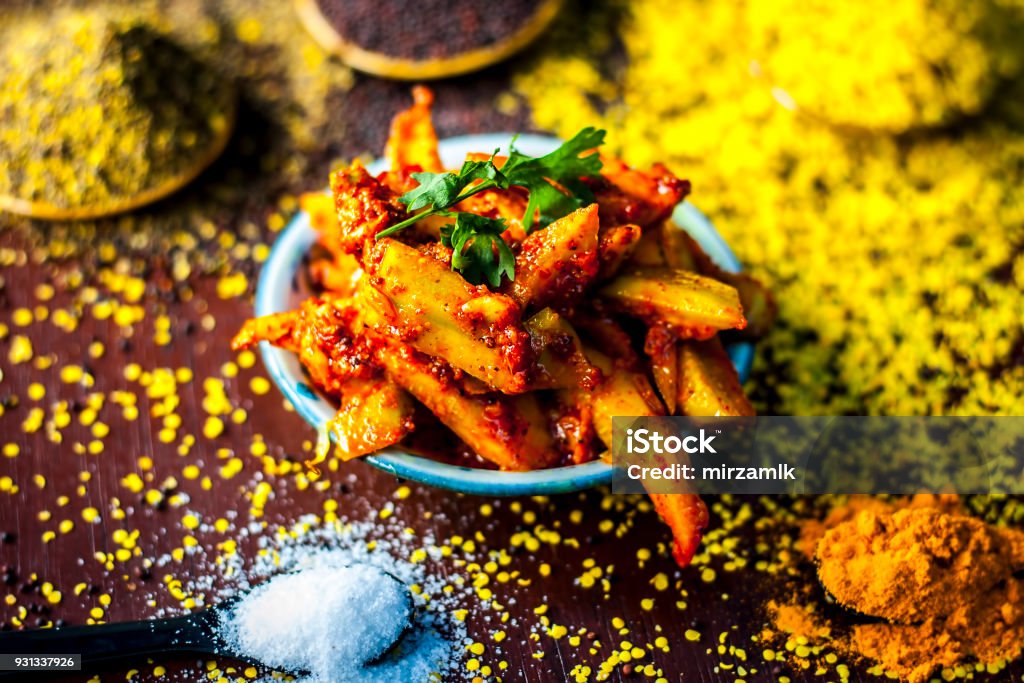
A brief history of pickles in India
The exact origins of the Indian pickle are unclear. Still, the Lingapurana of Gurulinga Desika, a written literary work in Kannada from 1594 CE, talks about a technique close to the traditional style of Indian pickling.
The famous traveller Ibn Battuta also talks about the presence of pickles during the Mughal period.
We know that the tradition of pickle-making has been around since time immemorial. The first ever pickle was made sometime around 2030 BCE. The ancient Indians have been making pickles for thousands of years. Even today, the trend has not lost its effect. It continues to attract and fascinate Indians, who will swear that no meal platter is complete and perfect without a portion of achars or pickles.
The etymology of pickles
The etymology for pickles in South Asia varies from region to region. The pickles are known as Uppinakaayi in Kannada, Pachadi in Telugu, Oorugaai in Tamil, Uppillittuthu in Malayalam, Loncha in Marathi, Athena in Gujarati, Khatain and Sandhano in Sindhi, Athano in Rajasthani, Sendhan in Awadhi, Bagheli and Bhojpuri, Kasundi in Bangla and Odia. Achaar is the most common term in Hindi, Nepali, Urdu, and Bengali.
The word ‘achaar’ is used for pickles in Hindustani and has a Persian origin. But Indian pickles are different from vinegar-based pickles in the Middle East. In Persia, the word achar is defined as powdered or salted meats, pickles, and fruits preserved in salt, vinegar, honey, and syrup.
About Indian Pickles
Indian cuisine is truly incomplete without pickles. And there are colorful variations between the pickles found in the different states of India. The north Indian ones are made with mustard oil, while the south Indian ones go well with sesame oil. Achaars add a tangy, sweet, and salty flavour to the platter, be it rice, chapatis, or steaming hot and layered parathas. It is an equivalent to kimchi.
There is a difference in the preferences and preparatory techniques of pickles in various regions. The spicier pickles are found in Telangana and Andhra Pradesh. Some popular pickle ingredients in India are gooseberry, lemon, lime, carrot, mango, green or red chili, onion, tomato, etc.
The Indian pickles are very different and versatile in taste because of different preparatory techniques, though the ingredients are somewhat the same as those used in other countries. A mango pickle from South Asia will taste very different from one made in North India because the southern people prefer sesame oil and a lot of spice, while the northern ones prefer mustard oil better.
In India, there are 2 types of pickles: pickles made with sesame or mustard oil and pickles made without oil. The pickles made without oil use salt to draw the moisture out from green mangoes or lemons to make brine. Brine is made with a mixture of lemon or lime juice with salt or sugarcane vinegar. In some pickles from Gujarat and Rajasthan, jaggery is used as the main preservative.
It has been seen in India that homemade pickles are made in summer. They mature through sunlight exposure for up to 2 weeks. Chilli peppers are a very important ingredient in South Asian pickles, while in India, some common ingredients are limes, lemons, mangoes, ginger, and tomato.
The ingredients primarily used in Gujrati pickles are unripe mangoes, lemon, green chilies, gunda, and kerda. Some of the common Gujarati pickles are the salted mango pickle made with groundnut oil and spiced with fenugreek seeds and red chilly powder, hot and sweet mango pickle made with groundnut oil and jaggery, fennel seeds, dry dates, mustard, and red chilly powder, and hot and sweet mango pickle made with sugar syrup, cumin, and chilly powder.
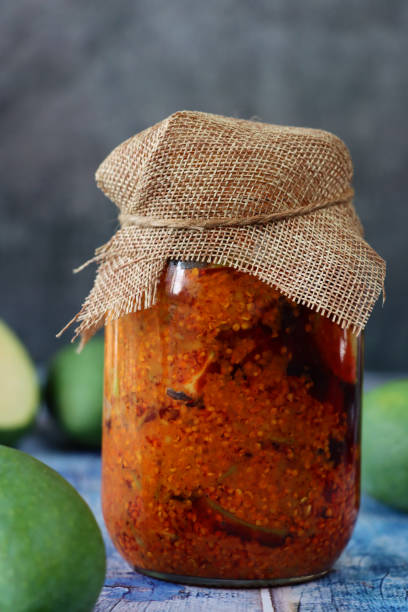
The Pachranga and the Satranga Pickles
The city of Panipat in Haryana is a popular hub for commercialized pickles. It is especially famous for its Pachranga Pickle(5 coloured pickles prepared with 5 veggies) and the Satranga Pickle(pickle prepared with 7 veggies). These varieties of pickles need to be dried in the sun by adding a lot of mustard oil and whole spices. The Pachranga achar was first made in 1930 by Murli Dhar Dhingra in Kaloorkot, a place that is now in Pakistan. The descendants brought the pickle to India in 1943.
In South Asia, most veggies are sun-dried with spices, utilizing the advantage of the region's extremely hot and sunny climate. This sun-drying process preserves the vegetables and the spices, including mustard, fenugreek seeds, chili powder, salt, asafoetida, and turmeric.
About pickles from South India
The southern states of Andhra Pradesh and Telangana are especially known for their spicy pickles. Unripe mango with ginger and garlic is called Avakaya in Telugu, unripe tamarind with green chilies is called Cintakaya in Telugu, and lemon pickle is called Nimmakaya in Telugu.
In Tamilnadu, the mango pickle is called Mavadu, a staple condiment. The Mavadu is made early in the summer when the mangoes are very small. Castor oil is used to preserve the mangoes, which gives the pickle a unique taste.
In Karnataka, the whole mango pickle is dehydrated using salt, and it is called Mavina Uppinakayi. Some other pickles are the gooseberry pickle or Nelikayi, Hogplum pickle or Ametekayi, Lemon pickle or Nimbekayi.
The south Indians residing in the coastal areas pickle fish and meats, too. In Tamilnadu, the salted and sun-dried fish is called Karuvadu. Nettili karuvadu is made from anchovies and is the most popular variety of karuvadu. In Kerala, tuna and sardines are chopped, marinated in spices, and cooked on the stove. The fish and shrimp pickles are eaten in Andhra Pradesh and Telangana, but they come second to lamb and chicken pickles in popularity.
Some famous pickles from India
Various pickles are made in India and differ in taste and texture. Every type of homemade Indian pickle has a unique flair that adds flavour to every platter. The pickles have health benefits and a unique flavour that lingers in your mouth long after your meal. Today, Indian pickles are enjoyed globally for their bold flavours, techniques, and complex blend of spices.
Some popular pickles in India are:-
MANGO PICKLE—The mango pickle is the most popular and favourite pickle among the masses of India. These are made with raw mangoes, salt, methi, fennel, mustard seeds, oil, and spices. Combining every ingredient, a beautiful product is created, which is delicious to taste and has numerous health advantages. The mango pickle contains vitamin C, dietary antioxidants, and flavonoids.
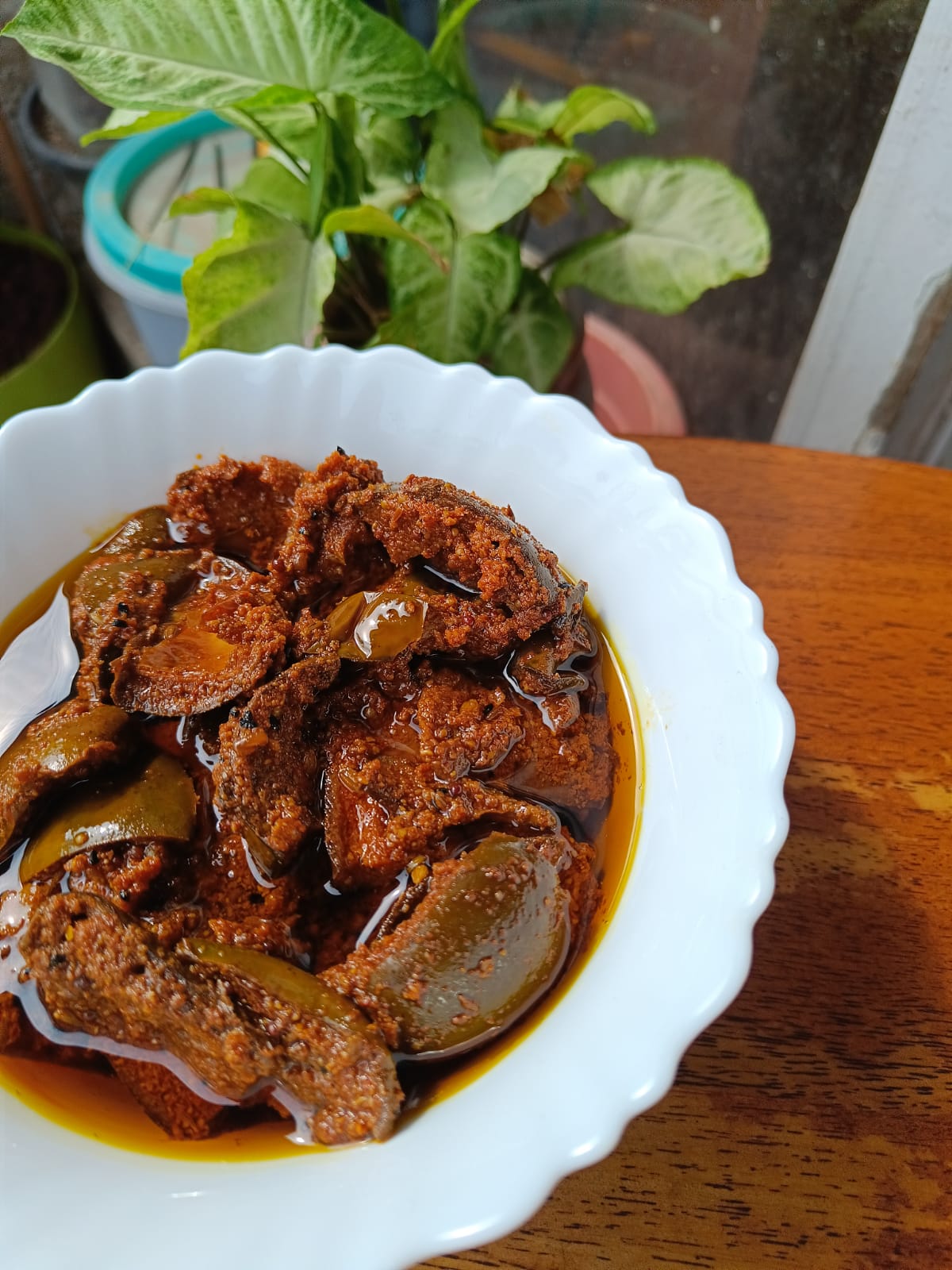
LEMON PICKLE—The lemon pickle is another popular variety that is worth giving a try. It is made easily compared to other preparations and can be stored for long as it has a long shelf life. This pickle is generally made with lemons, mustard seeds, fenugreek, red chilly, salt, and turmeric powder. This pickle packs the power of a refreshing taste. It is tangy, tasty, aromatic, and always in demand because of its sweet and savoury forms. It has many health benefits. It helps in the regulation of blood flow and improves bone health. It is high in vitamin C and antioxidants and is the best appetizer to find anywhere. It has abundant vitamin C, helps boost immunity, and helps digestion. It is a versatile condiment paired with rice, chapatis, etc.
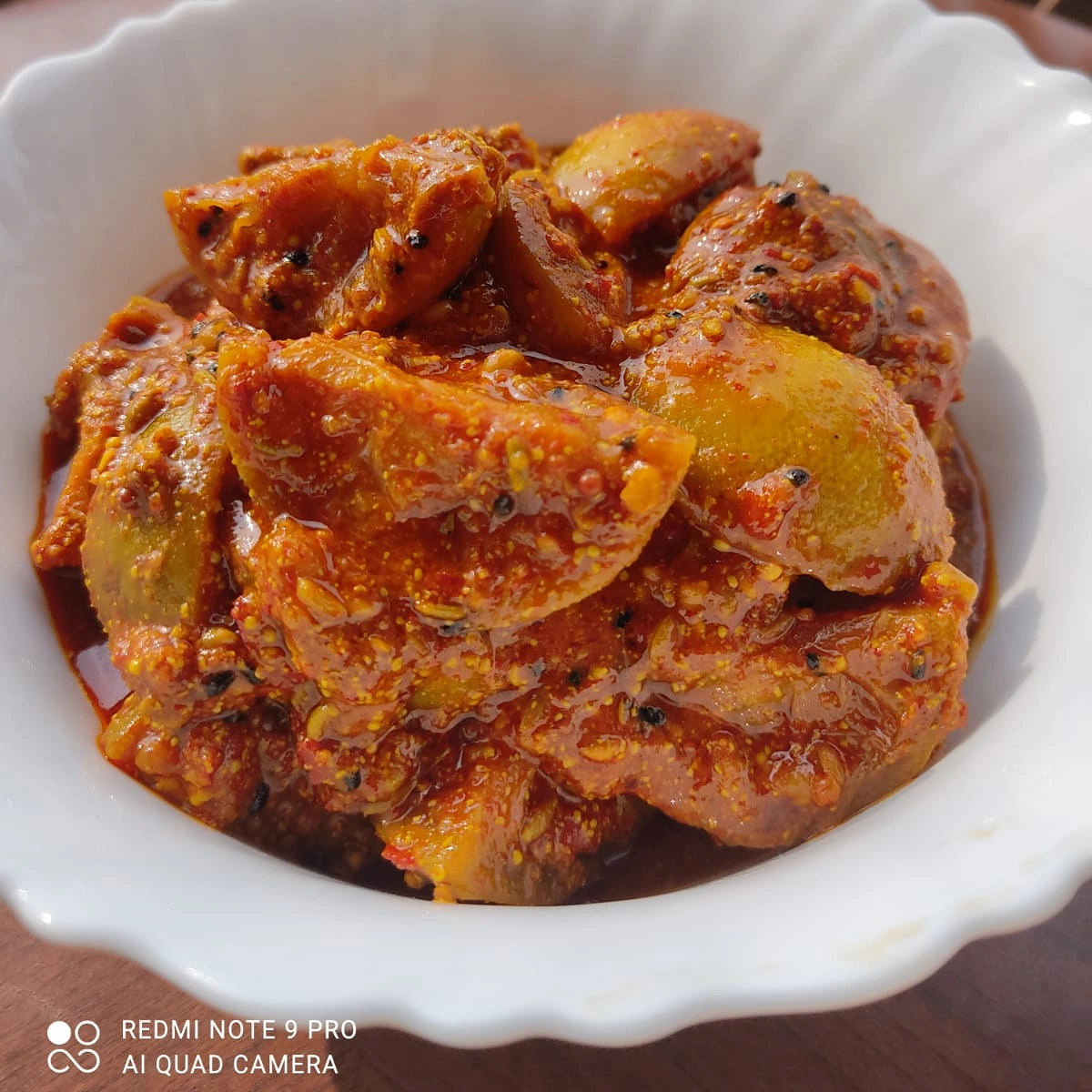
GREEN CHILLY PICKLE—The next pickle to check out is the green chilly pickle. The green chilly pickle is generally made of green chilies, cumin, mustard seeds, turmeric powder, garlic, and more ingredients, which, in combination with a regular meal, give various health advantages as they have ample amounts of vitamin C, B-complex, capsaicin, linoleic acid, vitamin A and lutein.
AMLA PICKLE—It is also known as the Indian Gooseberry pickle. It is a very popular variety of Indian pickle with a tangy taste. And apart from its taste, it has many surprising health benefits. Amla has many vitamins, prominent being Vitamin C and antioxidants, which enhance immunity. It has a long shelf life and makes up for an ideal condiment.
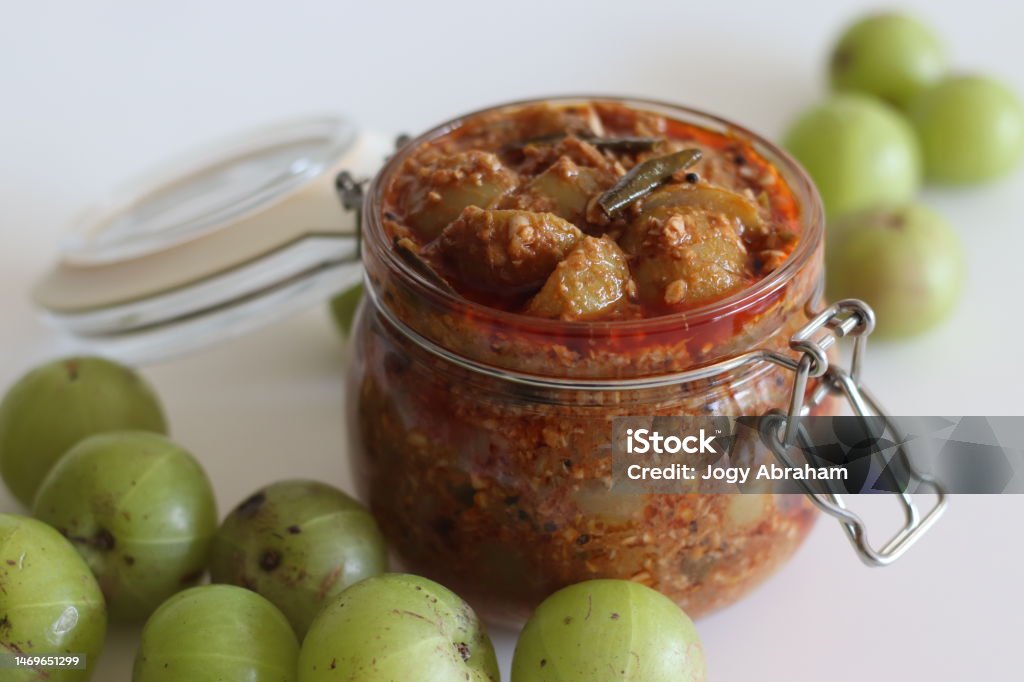
GONGURA PICKLE—The Gongura pickle has its origin in Andhra Pradesh. It is a tangy and sour pickle made from the leaves of the sorrel plant. It has a delicious flavour and a lot of vitamin C, too.

GARLIC PICKLE—The garlic pickle is a delicious and popular condiment that has remained a staple in Indian cooking for a long time. This pickle has a unique and strong taste, which can be paired with rice and dal or roti and curries. Garlic has antibacterial properties and many other health advantages.

RED CHILLY PICKLE—This chilly pickle is a great condiment with a satisfying appeal. It is made from sun-dried red chilly peppers, pickled with spices like turmeric, mustard seed, cumin, and fenugreek seeds. This pickle is made with the ripest and spiciest chilly peppers thoroughly sun-dried to remove any excess moisture. This can be paired well with chapatis, paranthas, rice, and curries.
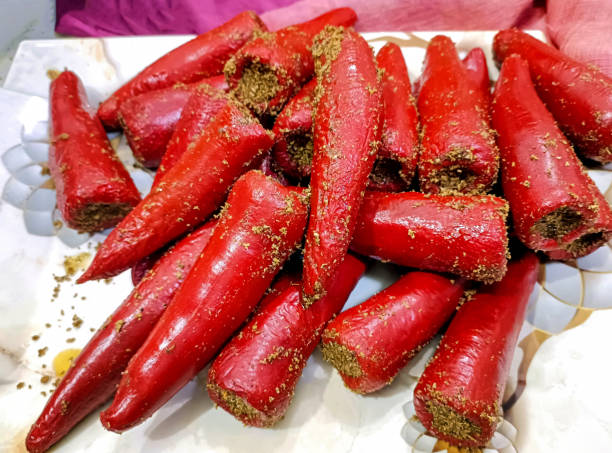
Unique varieties of Indian Pickles
Did you know pickles are made from vegetables and other natural products like fruits and flowers? Some of the unique varieties of such Indian pickles are:---
-
Fenugreek Chickpea or Methi Chana Pickle—It is also known as Methi Chana Pickle, a famous pickle made mostly in Punjab. Combining fenugreek seeds with chickpeas creates a unique, spicy, tangy flavour. It is rich in fibre, protein, and antioxidants, giving the overall pickle a healthy look.
-
Banana Flower Pickle—The banana flower is a unique traditional pickle from South India that is quickly becoming popular all over India. This pickle is made from the flowers of a banana tree. It has a delicious taste and is packed with various nutrients. It helps improve digestion and reduce inflammation. It can be served as a side dish with rice or as a spread and topping for sandwiches and biscuits.
-
Kolhapuri Thecha—This delicacy comes from Maharashtra and is made with green chilly peppers, garlic, and peanuts, giving it a distinct flavour. This pickle is served with bread and rice, adding much-needed heat and a strong, likable flavour.
5 amazing Facts about Indian Pickles
The Indian pickles are fascinating. They are the most-wanted part of an Indian platter. The presence of so many ingredients and the resulting product, which is unique in taste and quality, has intrigued many people for a long time. The ingredients consist of vegetables and fruits, whole or ground spices, and lots of oil. The different states in India have varied traditions in pickle making, and the tastes and techniques used to make these differ greatly, adding the perfect touch of uniqueness.
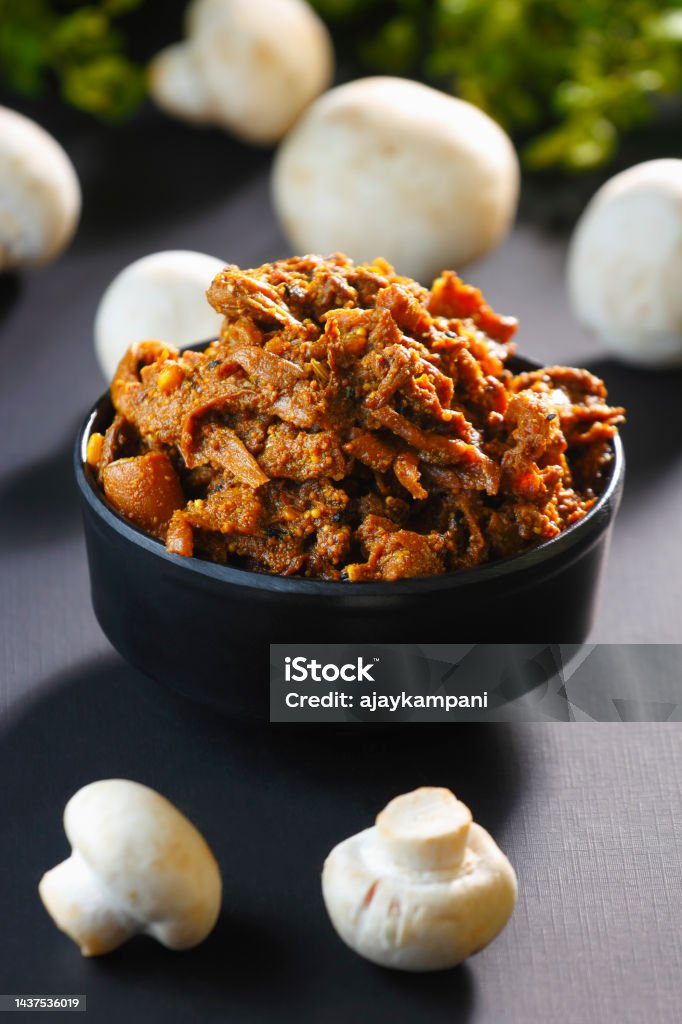
Pickling is not a developing or new phenomenon and has its roots thousands of years back. It is a popular process all around the globe. In the traditional pickling method, the vegetables and fruits are stored in salted water or brine until they absorb the salt and get a softer texture.
The Indian pickles have many health benefits but must always be had in moderation as we know that ‘excess of everything is bad.’
Some of the advantages are:-
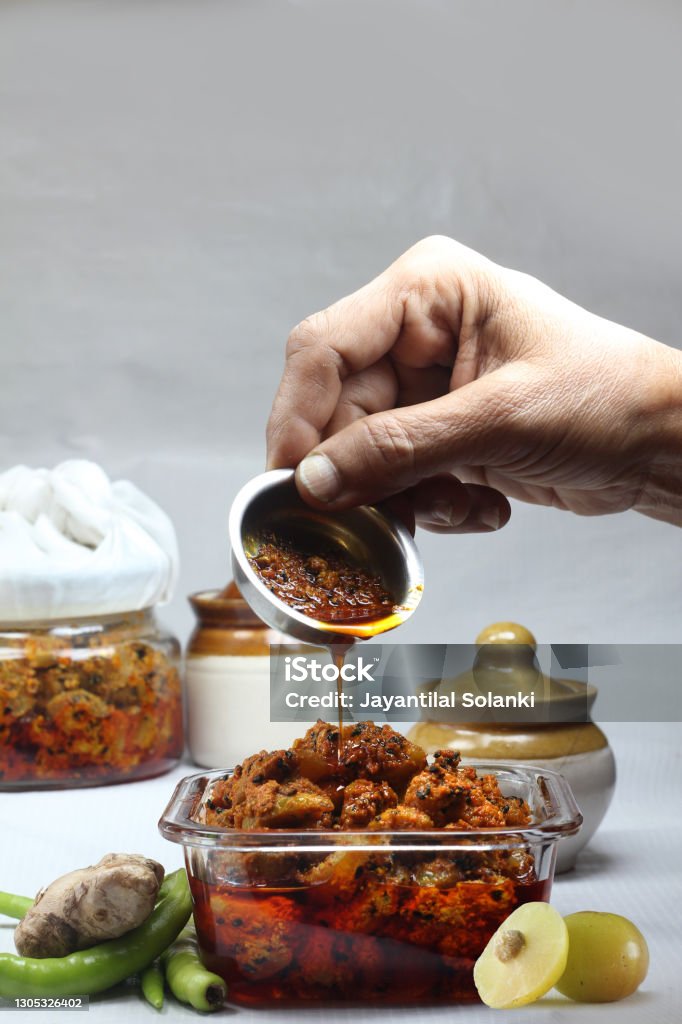
The Indian pickles have antioxidant properties—Antioxidants are micronutrients that protect the body from the attack of free radicals. These free radicals are dangerous for humans as they mix with the DNA and try to alter its configuration. Raw and unripe ingredients are good as they are a rich source of antioxidants.
Indian pickles are a rich source of important minerals and vitamins—Indian pickles are also made from many leafy vegetables like coriander, curry leaf, fenugreek, and mint. These leafy veggies have several essential vitamins like vitamins C, A, and K and minerals like iron, calcium, and potassium, which are unfortunately not included in our routine diets. So eating these Indian pickles can help to replenish our body's need for these nutrients.
Indian pickles boost immunity—When Indian pickles are made, a generous amount of turmeric powder is added. This turmeric powder has a chemical which is called Curcumin. This chemical has anti-inflammatory properties that help your body to fight against various viruses and bacterial attacks. It also increases the count of growth hormones in the brain.
Indian pickles improve the process of digestion in the human body—India is a beautiful country with a vibrant and diverse culture, tradition and lifestyle. Still, one thing that has remained the same for ages is the use of pickles in every meal. One of the main reasons for this is also the fact that Indian pickles improve the process of digestion in the human body. When eating pickles, the human digestive system produces some probiotic bacteria in the body, which aids in digestive processes.
Indian pickles protect the liver—Indian pickles, like Amla pickles, have hepatoprotective properties that safeguard the liver from bacterial attacks.
CONCLUSION
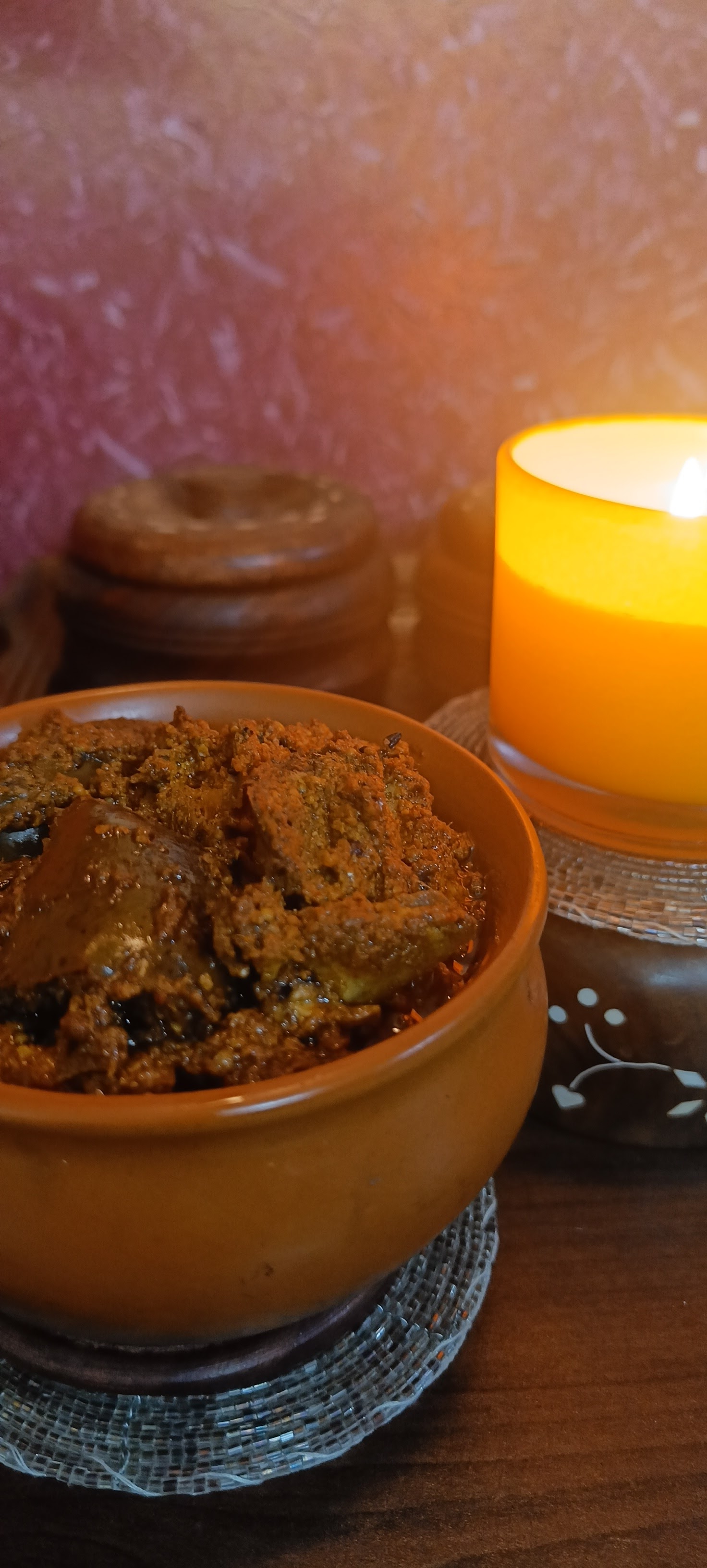
Pickles are India’s staple appetizers and are as addictive and famous as Korea’s Kimchi. Achar, or Indian-styled pickle, has been a part of the culture and history of the country for more than 4,000 years. The process of pickling is as ancient as this civilization. In the initial period, pickling was done by salting and storing food in brine. The ingredients constituting an achar are simple and seasonal. And the most loved variety of all is the mango pickle. The mango pickle is a staple and wanted dish in everyone’s meal in every corner of the country. People cherish a dash of the mango pickle in every bite, with rice, chapatis, parathas, etc. It is considered the most delicious one out of all because of its unique and captivating taste. The joy of eating a pickle is always so great one enjoys the bites of pickles in any way that suits all. People want to combine our meals with this sharp, tangy, sweet, and spicy appetizer because we want to complement the subtle flavour of the primary menu with a prized dish that will add the right balance and zing to every kind of delicious or bland meal.
